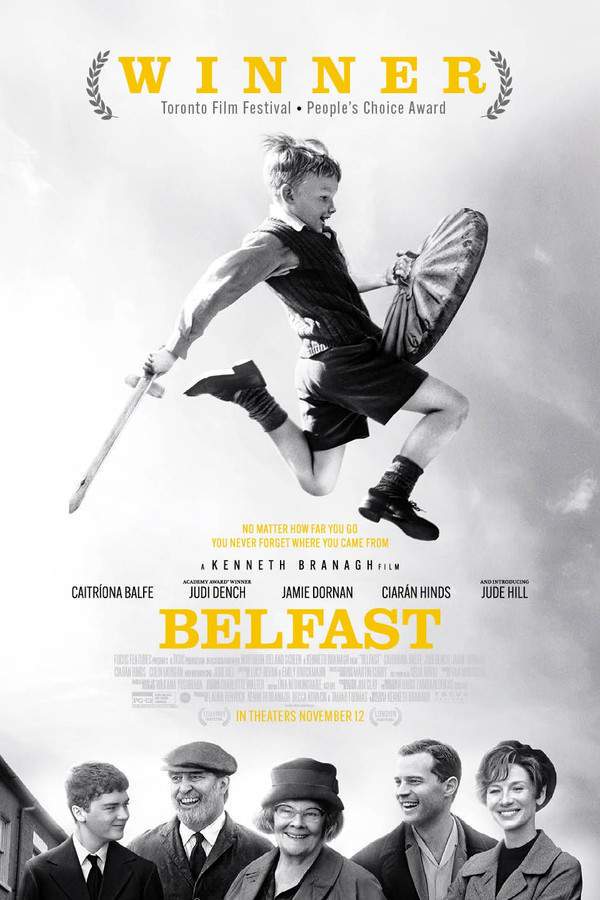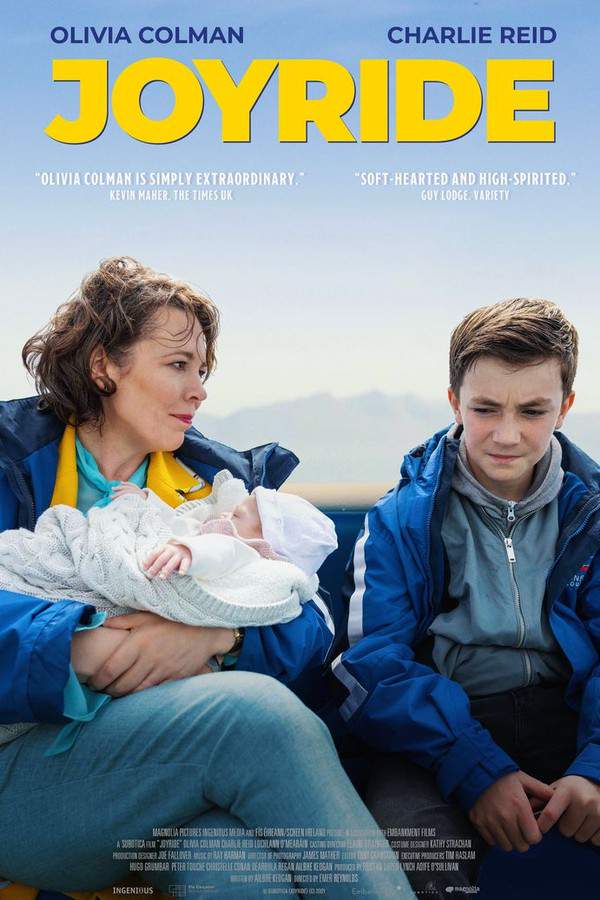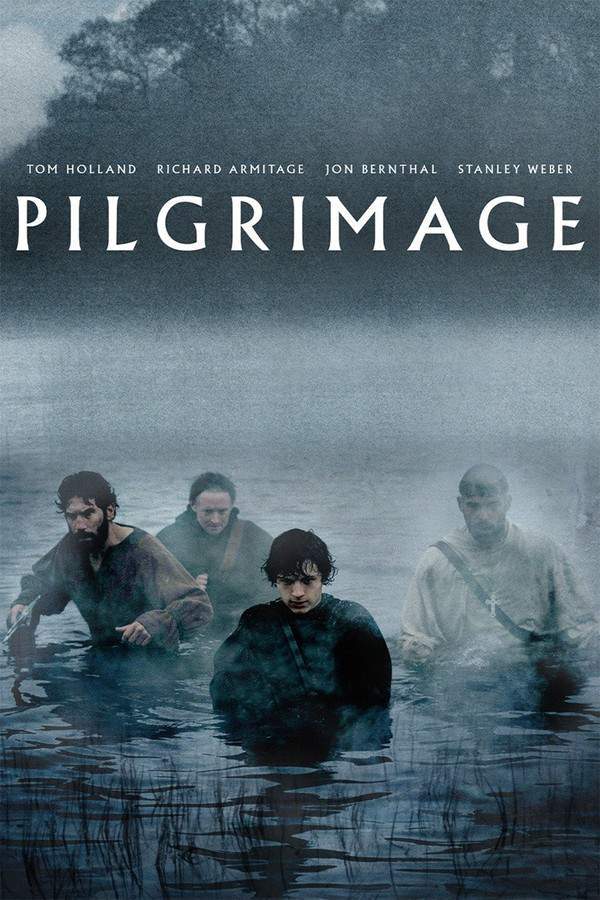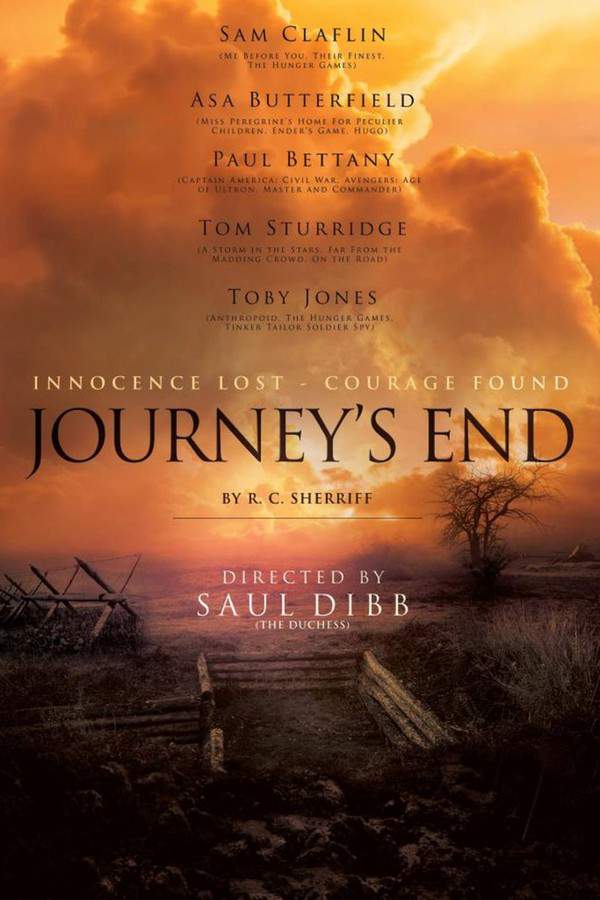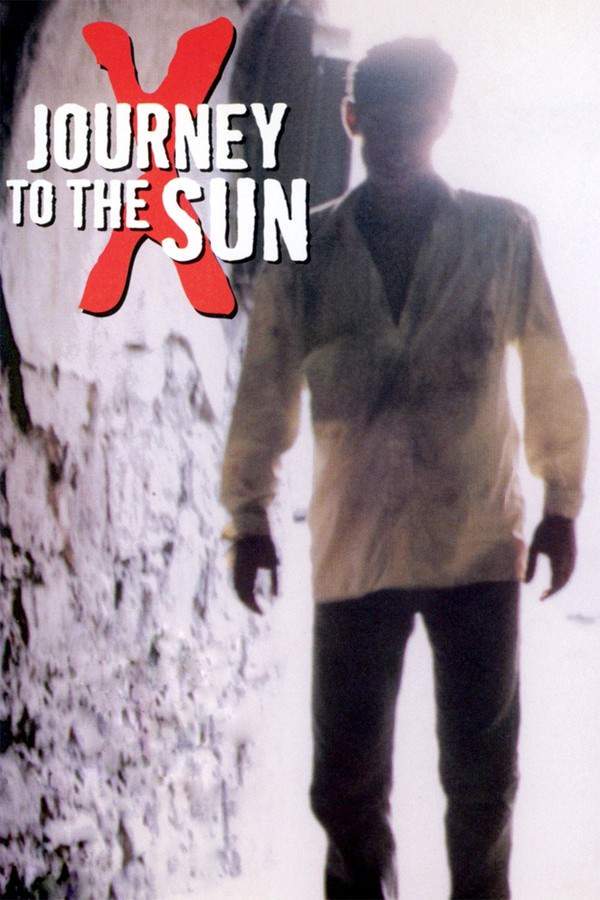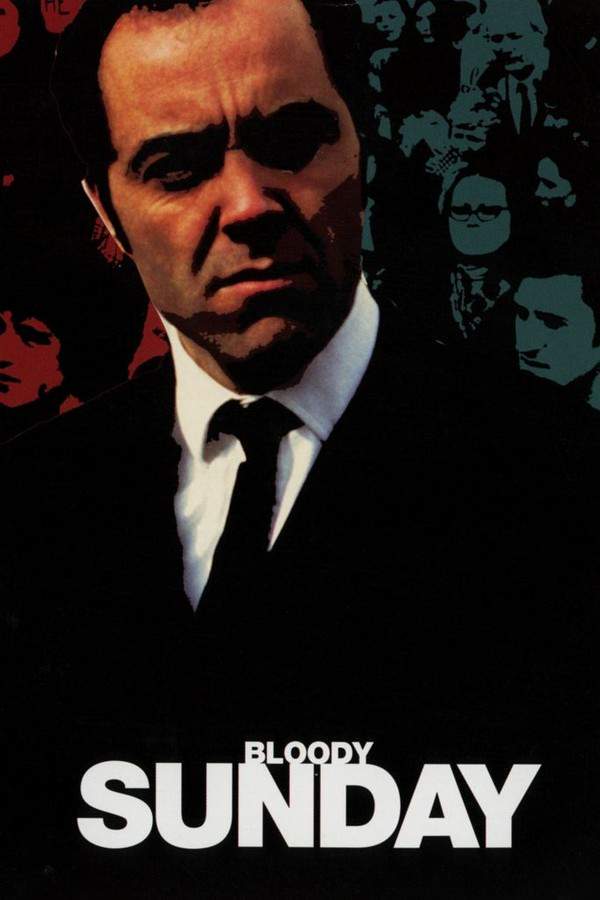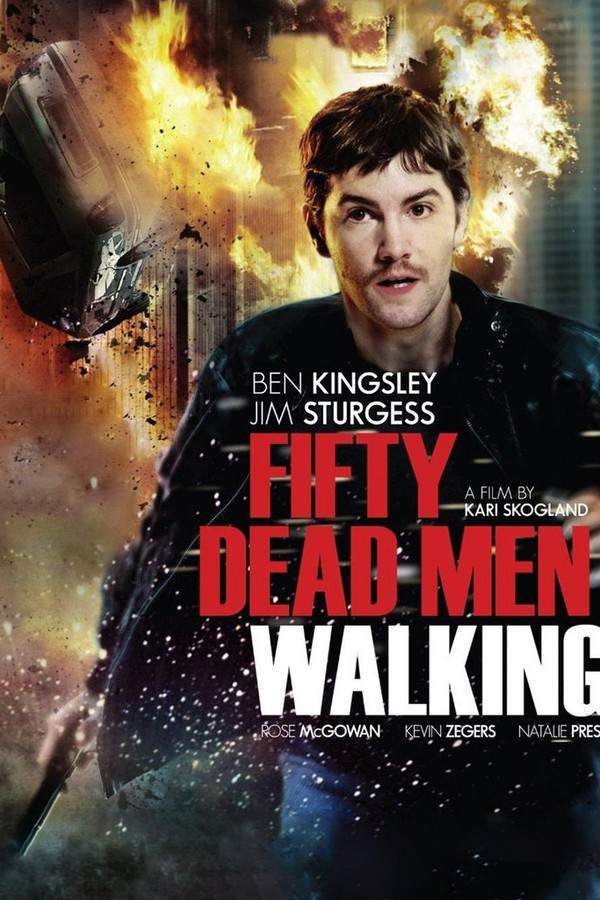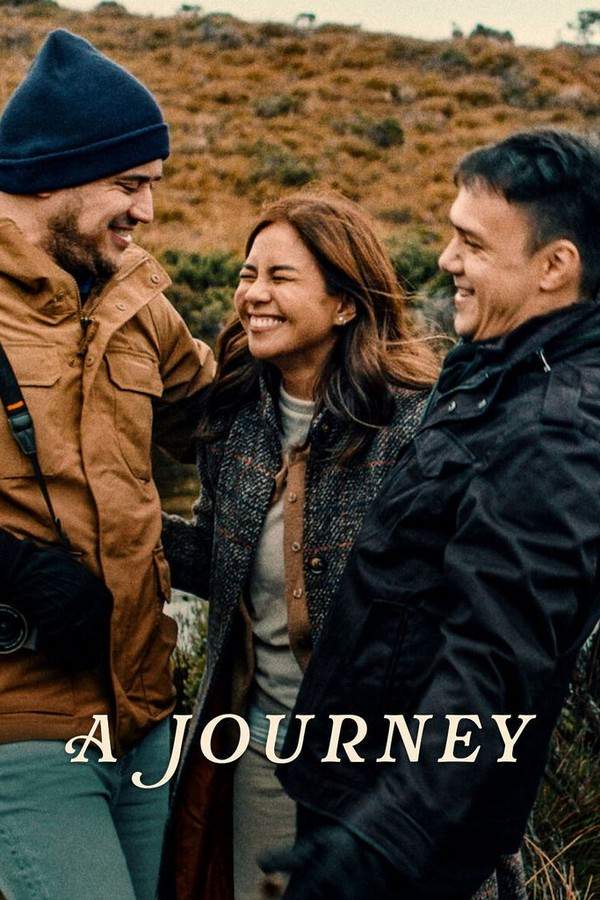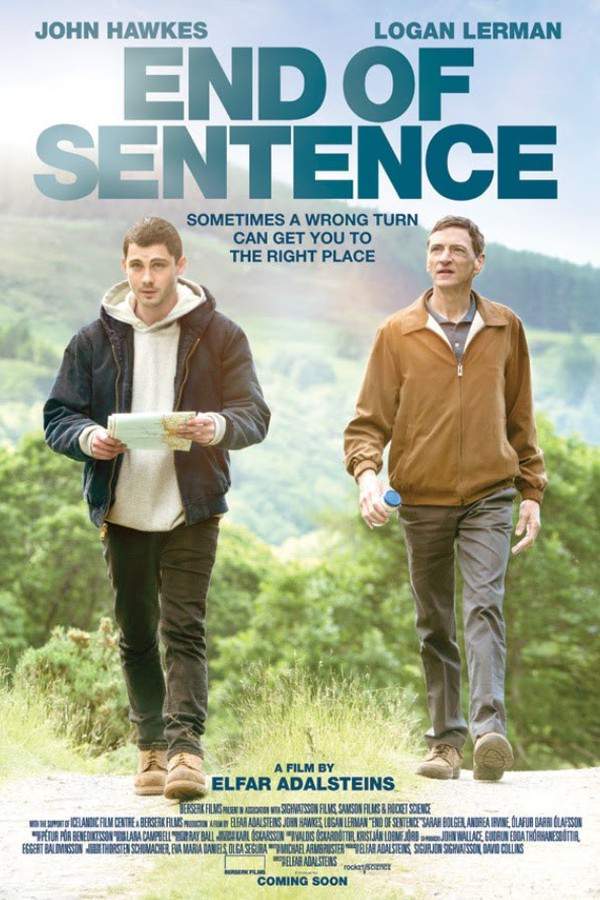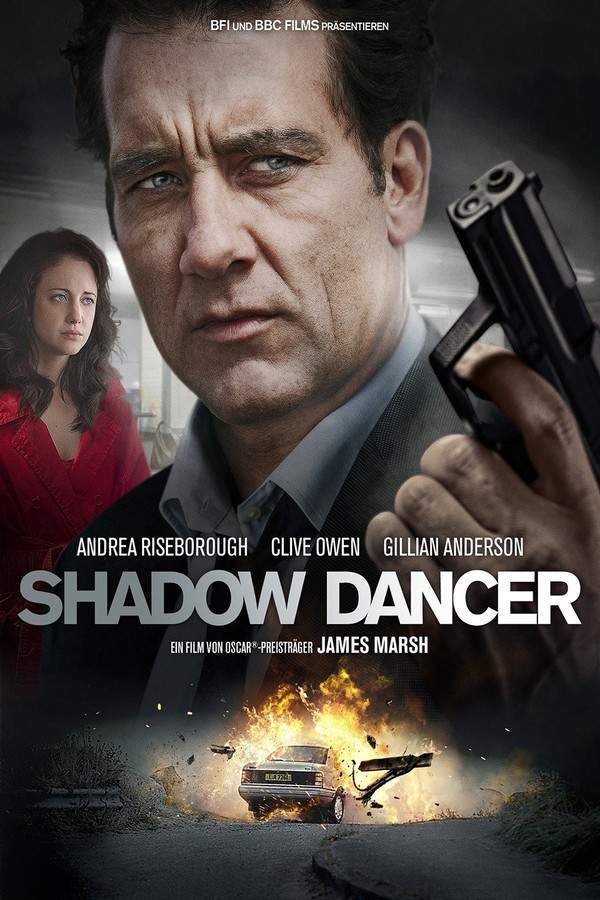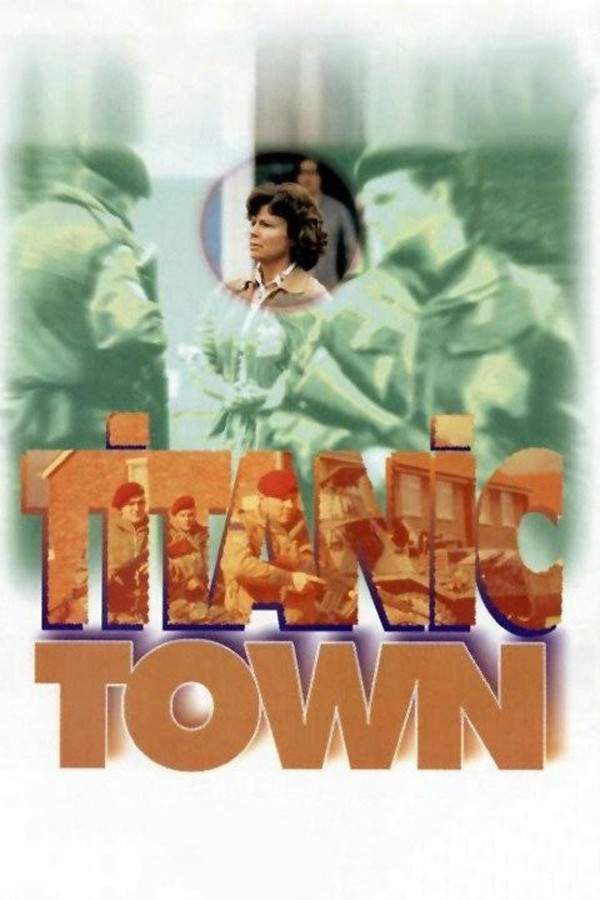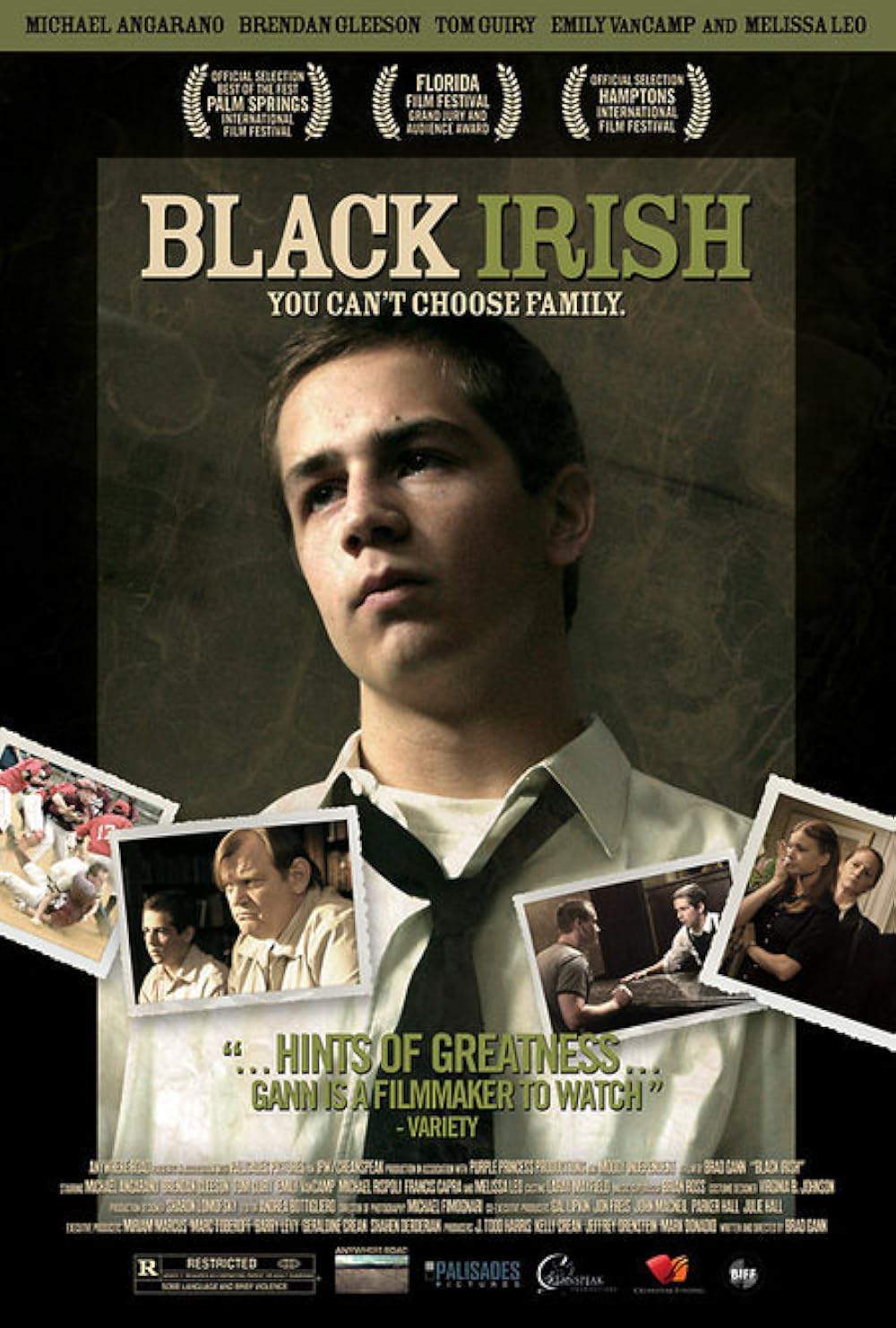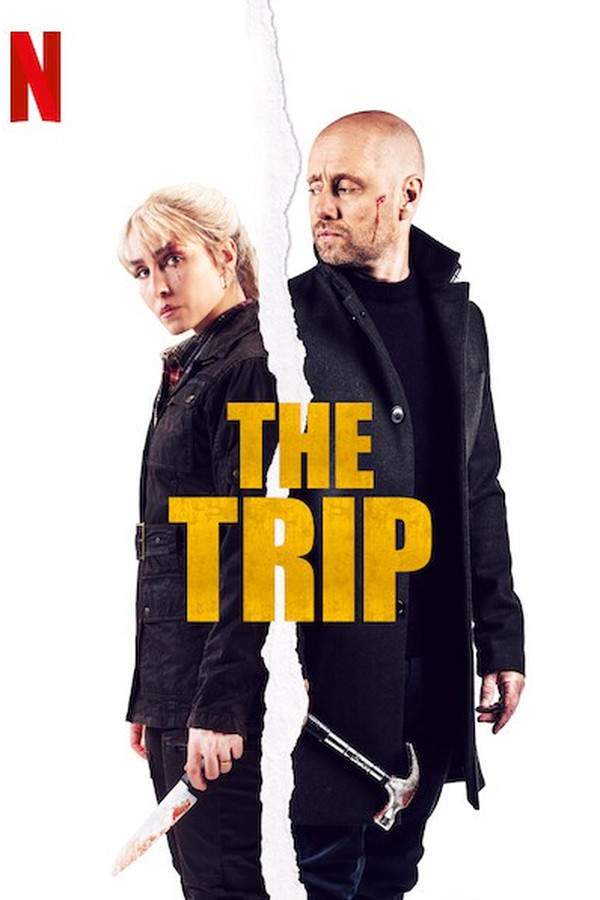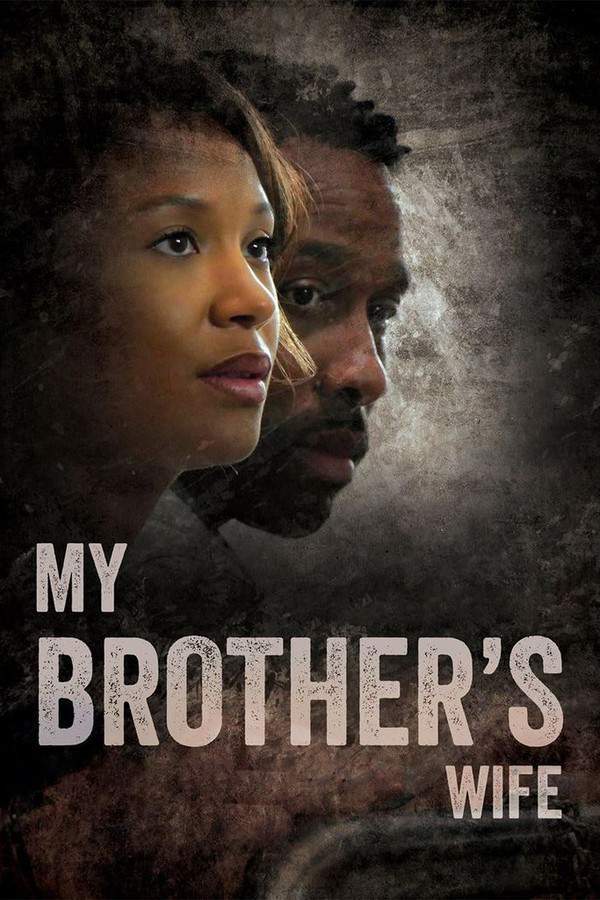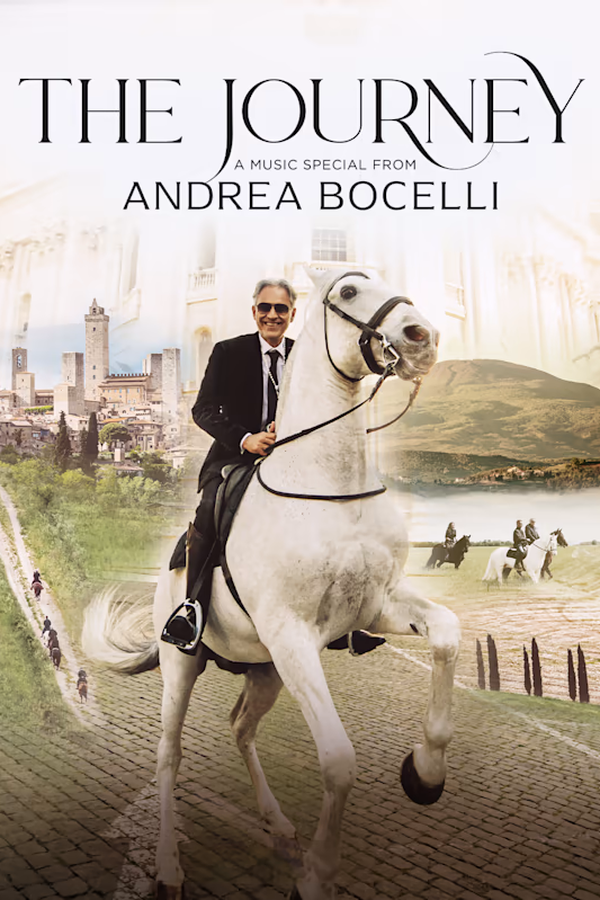
The Journey
Against the backdrop of Northern Ireland's long-standing conflict, Ian Paisley and Martin McGuinness, previously bitter rivals, unexpectedly find themselves on a road trip through Scotland. As they journey through the country's stunning scenery, the two men discover unexpected common ground. Their initial animosity gradually fades, replaced by a budding mutual understanding and a fragile hope for a peaceful resolution to the troubles.
Warning: spoilers below!
Haven’t seen The Journey yet? This summary contains major spoilers. Bookmark the page, watch the movie, and come back for the full breakdown. If you're ready, scroll on and relive the story!
The Journey (2017) – Full Plot Summary & Ending Explained
Read the complete plot breakdown of The Journey (2017), including all key story events, major twists, and the ending explained in detail. Discover what really happened—and what it all means.
In October 2006, as the Northern Ireland peace process edges toward a new agreement, a quiet but pivotal encounter unfolds in St Andrews, Scotland. The film centers on the historic meeting between two former enemies, Ian Paisley and Martin McGuinness, whose differences and past violence loom large even as they begin a tense, shape‑shifting dialogue about peace. With bad weather grounding the planned return, Paisley’s route home becomes a longer, more intimate journey: he must be chauffeured to a different airport to catch a private jet, and McGuinness agrees to ride along, turning a political dispute into a personal, prolonged conversation.
From the outset, the mood is wary. A covert MI5 operation tracks the pair from the shadows, using a young, chatty driver who is allowed to prod them toward frank talk while the security apparatus watches and nudges the discussion along. The surveillance mood blankets the road, and the two men—rigid in their respective stances—struggle to reconcile the toll of their histories with the possibility of a shared future. Paisley clings to the view of McGuinness as a terrorist and murderer, while McGuinness counters by describing how violence fed his world and how the past might be a misstep in a future that could still be saved.
As the van threads through rural lanes, the driver diverts into a forest, a move that raises suspicion in McGuinness. A punctured tire, a deer sighting, and a driver who admits he can’t change a flat tire all become catalysts for deepening dialogue rather than plot drama. The two men wander into a disused Protestant church and study stained glass that Paisley identifies with Foxe’s Book of Martyrs, a moment that juxtaposes sacred imagery with the brutal cost of decades of conflict. The conversation then turns to the Enniskillen bombing, a point of shared pain that neither can easily endorse. McGuinness confesses that, at times, the bombings made him question the path of violence, while Paisley’s fiercest rhetoric shifts as he confronts the human cost of his own leadership. Their exchange grows intimate, and McGuinness, moved by genuine candor, reveals a personal memory that softens yet unsettles Paisley. In response, Paisley accuses him of crocodile tears, underscoring how fragile trust remains.
The tension peaks and then turns toward something almost experimental: a test of whether words can outpace weapons. The vehicle continues toward a secure airbase, where fuel becomes a last‑minute obstacle. The driver’s card is rejected after the tire episode, and Paisley steps into a service station, using his public voice to sway the clerk and coax a retry. The moment underscores the odd balance of power in the scene—public charisma meeting private vulnerability—and it foreshadows the fragile trust that may yet hold or break.
A startling revelation emerges: the driver is connected to MI5, and his role is not to threaten but to shepherd a peaceful outcome. He confirms that the mission is not to set a trap but to guide the two leaders toward dialogue. The two men, now physically exhausted and emotionally exposed, finally face a turning point. Paisley collapses with angina, and McGuinness steadies him, retrieving his medication and offering steadiness in a moment of shared weakness. In the glow of this vulnerability, Paisley recalls the weight of martyrdom—how, at eighty‑one, he is still consumed by a longing to be remembered for a peaceful end rather than another page of violence.
In a quiet, almost ceremonial turn, Paisley speaks of sacrifice and legacy, hinting that peace would require courage from both sides. McGuinness, acknowledging the peril but choosing the “long game,” explains that any private apology would betray his principles, yet he extends a waft of reconciliation that signals a shift toward compromise. The two men reach a candid, symbolic moment when Paisley concedes that his outward defiance may soften, and McGuinness replies with a firm commitment to the long view—one that does not erase the past but aims to outlive its most destructive impulses.
The final leg of the journey brings them to a hangar where a private jet sits under heavy protection. In a rare moment of private time, they confront each other with gravity and honesty. Paisley makes a definitive point about the need for his people to accept the price of peace, while McGuinness refuses to offer the kind of apology that would compromise his identity or the “long game” he champions. They seal their shift with a handshake, choosing a future over persistent grievance. The film closes with a montage of actual images showing Paisley and McGuinness working side by side as first minister and deputy, a powerful coda that affirms the possibility of political reconciliation born from personal risk and stubborn resolve.
This portrait is less about a single speech than about the accumulation of small, stubborn acts that push two lifelong opponents toward a shared horizon. It is a study in restraint and risk, where the most consequential choices are made in the pauses between sentences, in the glances exchanged across years of conflict, and in the quiet decision to walk away from confrontation toward a fragile—but real—peace. The film invites viewers to consider how dialogue, not dominance, can rewrite a landscape scarred by decades of division, and it leaves us with a cautious, hopeful testament to what can happen when leaders choose to meet halfway, even in the shadow of history.
Last Updated: October 09, 2025 at 16:18
Unlock the Full Story of The Journey
Don't stop at just watching — explore The Journey in full detail. From the complete plot summary and scene-by-scene timeline to character breakdowns, thematic analysis, and a deep dive into the ending — every page helps you truly understand what The Journey is all about. Plus, discover what's next after the movie.
The Journey Timeline
Track the full timeline of The Journey with every major event arranged chronologically. Perfect for decoding non-linear storytelling, flashbacks, or parallel narratives with a clear scene-by-scene breakdown.

Characters, Settings & Themes in The Journey
Discover the characters, locations, and core themes that shape The Journey. Get insights into symbolic elements, setting significance, and deeper narrative meaning — ideal for thematic analysis and movie breakdowns.

Similar Movies to The Journey
Discover movies like The Journey that share similar genres, themes, and storytelling elements. Whether you’re drawn to the atmosphere, character arcs, or plot structure, these curated recommendations will help you explore more films you’ll love.
Explore More About Movie The Journey
The Journey (2017) Scene-by-Scene Movie Timeline
The Journey (2017) Movie Characters, Themes & Settings
The Journey (2017) Spoiler-Free Summary & Key Flow
Movies Like The Journey – Similar Titles You’ll Enjoy
Belfast (2021) Detailed Story Recap
The Incredible Journey (1963) Spoiler-Packed Plot Recap
Joyride (2022) Ending Explained & Film Insights
Pilgrimage (2017) Full Summary & Key Details
Journey's End (2018) Film Overview & Timeline
Journey to the Sun (2001) Movie Recap & Themes
Bloody Sunday (2002) Full Summary & Key Details
Fifty Dead Men Walking (2009) Spoiler-Packed Plot Recap
A Journey (2024) Full Summary & Key Details
End of Sentence (2020) Plot Summary & Ending Explained
Shadow Dancer (2013) Full Movie Breakdown
Titanic Town (2000) Ending Explained & Film Insights
Black Irish (2007) Ending Explained & Film Insights
The Trip (2011) Movie Recap & Themes
My Brothers (2012) Film Overview & Timeline



